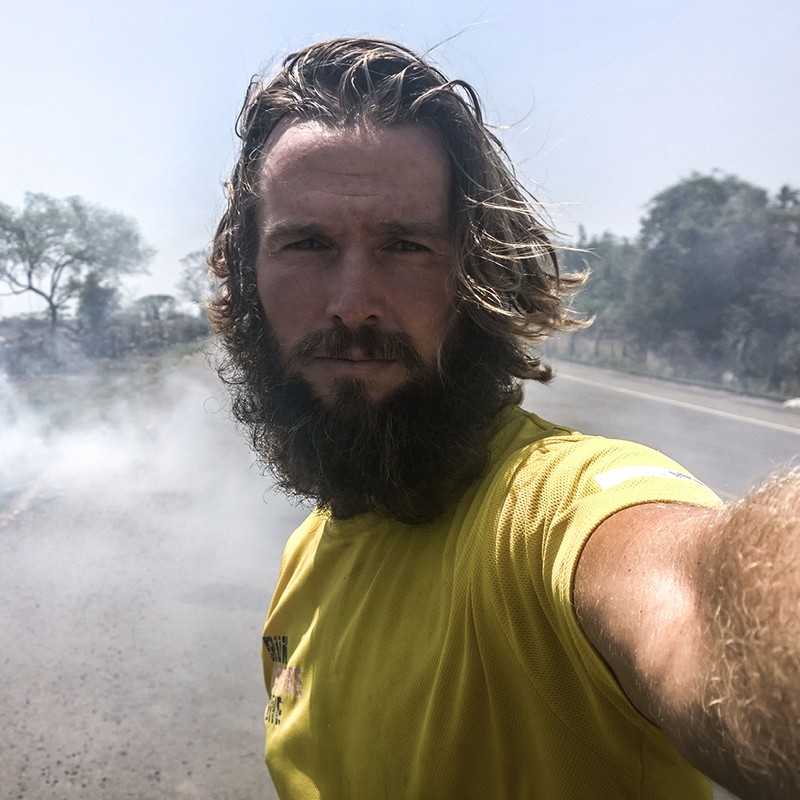Meet Jamie Ramsay, Endurance Adventurer
Can you start off by telling us what prompted you to give up your desk job?
I knew I was in that career for all the wrong reasons. I was at the gym too much, I drank too much and I escaped by doing mini adventures in my time off. In 2013, I signed up to a 240km race through Vietnam but it was cancelled, so I just went alone. At the end of that, I remember feeling a huge sense of fulfilment – something I didn't get from my job back in London. I knew I had enough money to start my first adventure and to fund it to about half way. That’s when I set out.
Endurance is obviously key to doing what you do now, but have you always been a good runner?
At school a teacher literally kicked me up the arse and told me to run. I did and I was pretty good. I did my first marathon in 2004 and loved it, but I am a better adventurer than runner. This year I’ve climbed Aconcagua – the highest mountain in southern hemisphere – wilderness hiked across Utah, run across Iceland (the long way round) and cycled across Australia. Endurance just comes from an attitude of never stopping even if you’re in loads of pain. Preparation and training is key. You would think the more races you do, the easier the fitness would get, but that’s rubbish. The more you do, the more you realise how important it is.
What do you pack for your travels?
Each trip is very different, but I always pack sleeping kit, cooking gear, food and hydration, keeping everything as compact and lightweight as possible. I eat a lot of porridge and fuel with coffee, nuts and Snickers. I eat tortillas and peanut butter for lunch, and a dehydrated Firepot meal for dinner. I can’t carry food for 30 days though, so a large part is eating what I can find.
And what do you wear?
I work with Gore Wear so have access to the best running, cycling and hiking kit available. I always choose top-quality stuff that fits perfectly and then carry as little as possible. For most trips I pack two pairs of shorts, two pairs of boxers, two t-shirts, two pairs of socks, a fleece, a waterproof jacket and trousers – and that is it!
How do you plan the route?
Most of my adventures are completely solo, which means I generally turn up and find the way as I go. I like to keep planning to an absolute minimum. I choose a destination and decide how I am going to travel (hike, bike or run). I then do some research about potential risks, obstacles and challenges. I have a rough route that I plan on Google Maps, but the rest is a leap into the unknown.
Tell us more about some of those obstacles…
Wow, there have been a few. Running 200km with a sprained ankle was definitely a painful obstacle. The solitude too can be hard. That said, I’ve been really lucky with permits and border controls. Nearly all my trips have been within the limitations of a UK passport, which is definitely the best passport to have. Actually, my next adventure is the first one I’ve got to find a fix for – my visa expires before my expected departure, but I'll find a way.
What about bad weather?
Weather is one of the greatest unknowns on any adventure. You’ve just got to make sure you have the right kit for any potential scenario. On Aconcagua, there was potential for 140km/h winds; in Mongolia the temperature dipped to -23ºC. On my next adventure, the temperature could rise to 35ºC – with torrential rain. You just have to trust you’ll react appropriately.
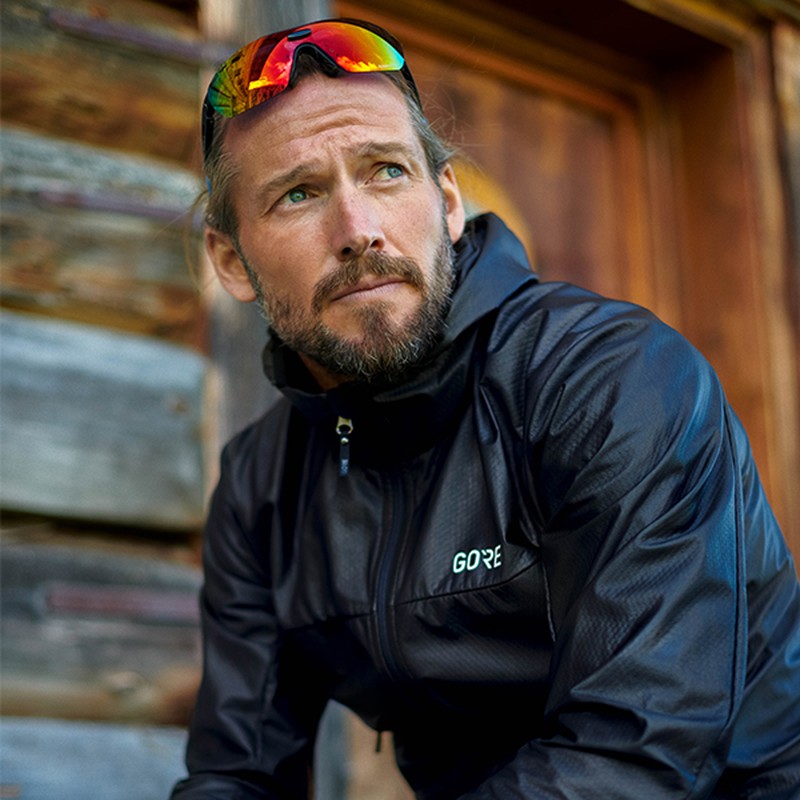
How do you deal with injuries?
My response to injury is very irresponsible – I tend to carry on regardless. I don’t like being unable to go on and generally will try and find a way to continue. My worst injury was while taking part in the Cape Wrath Ultra, a 400km, eight-day race. I sprained my ankle on day four while in third place. I couldn’t walk, let alone run. On day five I struggled to move forward and was overtaken by nearly everyone. I found a random pub in the middle of nowhere and had a pint. As I sat there, I told myself this was not the end and I dragged myself out there, dug deep and pushed on. I found a GP who was running, got some painkillers and pushed on to the end. I came third! The damage done over those four days still lingers today.
Do you check in with family en route?
I do. The riskier the adventure, the more important this is. I have a Garmin InReach tracker that allows me to send 160-character messages and lets my parents and friends track my every movement.
How do locals tend to receive you? Any standout moments?
It’s incredible when you are greeted with cheers and shouts of encouragement. I had an amazing Forrest Gump moment when I was in Mexico. I ran past a school as it was breaking up for the day and the kids started following me. I thought they would leave me after a couple of hundred metres but four of them made it all the way to the next town – 10km in leather shoes with book bags!
There must have been some hairy moments too…
More than I am willing to admit. There have been times I’ve been running and heard the screeching and skidding of wheels behind me. On the Hayduke Trail in the States, I had to run along a slippery stone edge next to a cliff with a 30kg backpack on and started to slip. I ran faster and just managed to keep my balance, but it was very close.
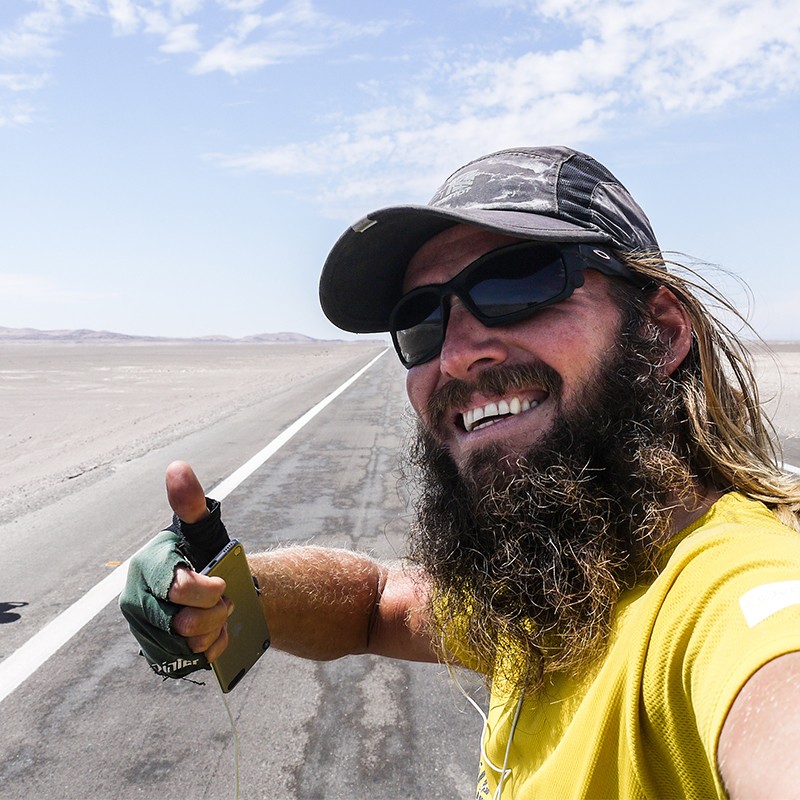
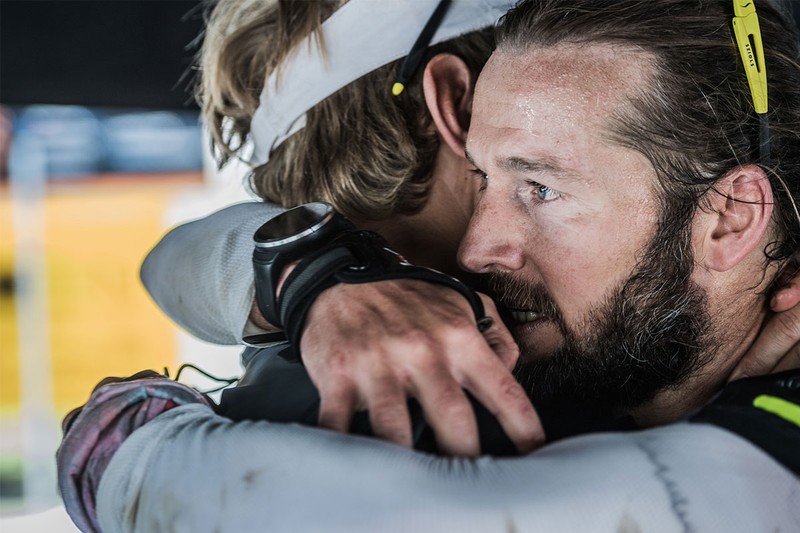
Is there any one day that stands out as your favourite?
Every adventure has a favourite moment, from running down a mountain in Iceland feeling invincible, to sleeping under the stars in Australia, to the overwhelming Peruvian hospitality. There have been so many. When I stood on top of Aconcagua, I cried.
You’re solo for long stretches of time. Do you get lonely?
I am not sure I will ever stop being nomadic and I like being alone, but there are times when I think I’ve gone too far towards solitude. I listen to music, audio books and podcasts. Music is for when it gets hard; books are to pass the time; and podcasts are to take your mind off the pain. I love Ted Talks Daily, History Extra, You Are Dead To Me, Evil Genius, No Such Thing As A Fish and Desert Island Discs (it would be a dream come true to be a guest).
How do you pay for your trips?
Before sponsorship, I was funding myself through savings and tax refunds. I am lucky to have sponsorship now. I work on an annual basis and try to create content from the adventures I am undertaking. Brand partnerships have largely been organic rather than targeted, which always creates a better relationship. My main partner is Cotswold Outdoor and it is great to have a brand on board that lives and breathes adventure.
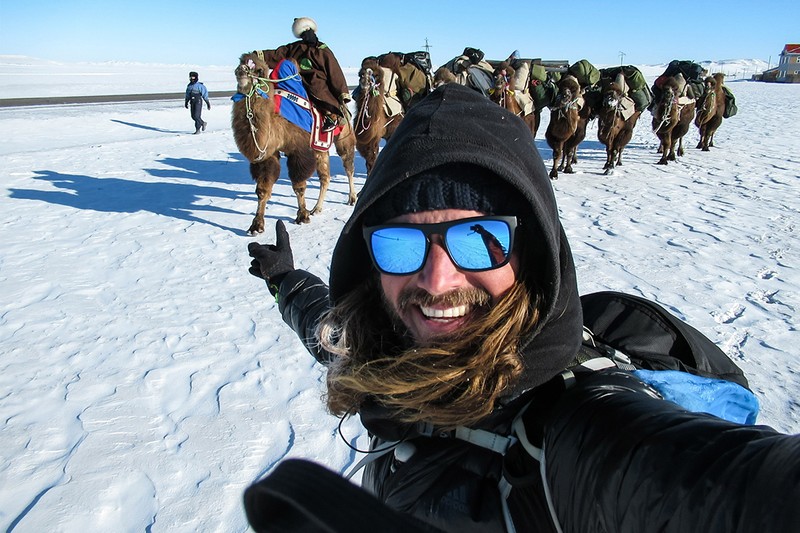
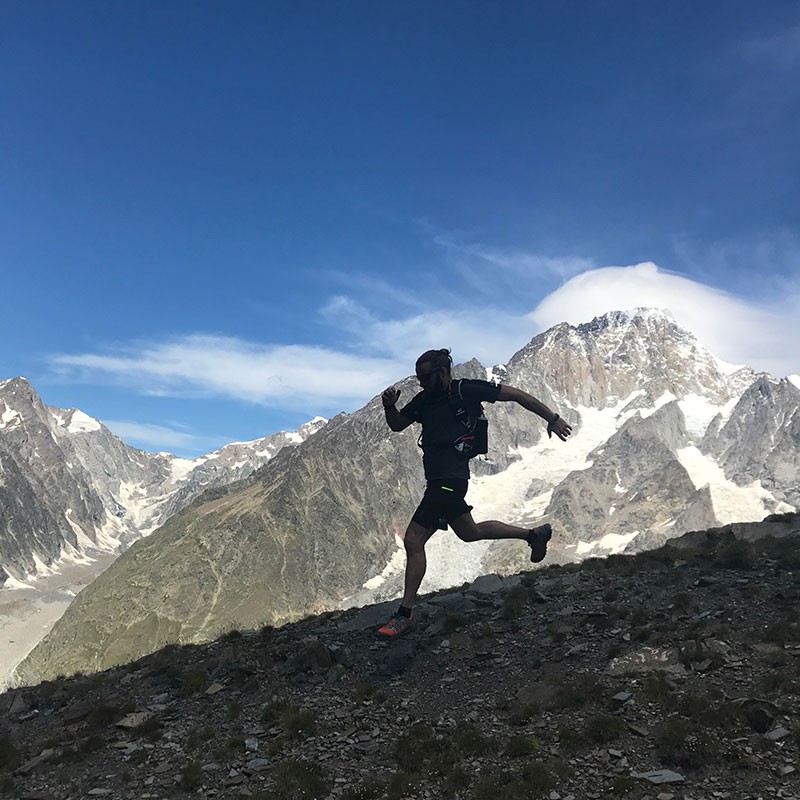
Do you think you’ll ever get bored of all this?
I really hope not because it is something I love, but I think you’ve got to treat it like a relationship, which you need to manage carefully so it remains fresh. It’s the same with adventuring: you need to create a balance and that is something I fear I have failed at this year. I think a lot of people see the glossy images of adventuring and think it is always undertaken by happy people following dreams. That is not always the case. I love adventuring because of where it takes me, who I meet and how I can push myself, but it’s not all rainbows.
What’s next on your agenda?
I am still wrestling with my first book. It is hard to know how deep to dig into your personal life because, once it’s published, it’s out there for everyone to see. For a solo adventurer, that’s a difficult thing to come to terms with. My next planned adventure is mountaineering in Ecuador. I haven’t shared the full details of that one yet, but where I am hoping to go is awesome – and who I am doing it with even more so.
For more information, visit JamieRamsay.net
DISCLAIMER: We endeavour to always credit the correct original source of every image we use. If you think a credit may be incorrect, please contact us at [email protected].
